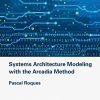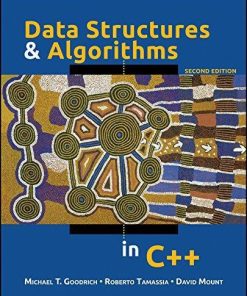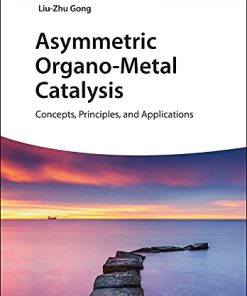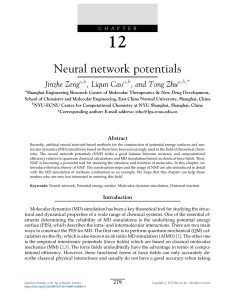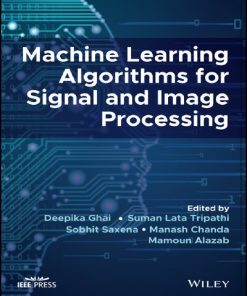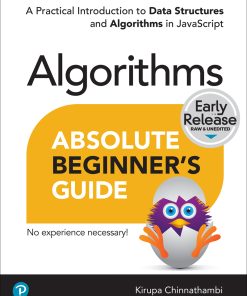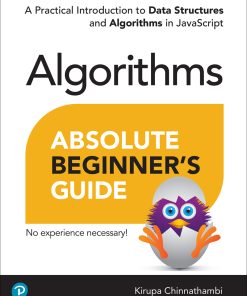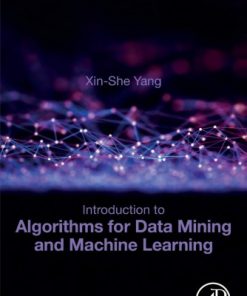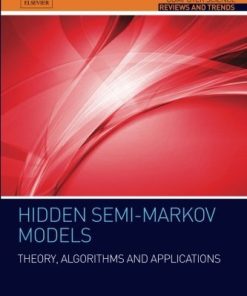Algorithms and Practice Zhu
$50.00 Original price was: $50.00.$25.00Current price is: $25.00.
Algorithms and Practice Zhu – Ebook Instant Download/Delivery ISBN(s): 9780323901185,0323901182,9780323901192,0323901190
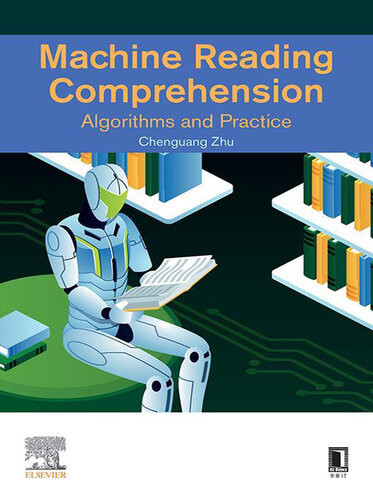
Product details:
- ISBN 10: 0323901190
- ISBN 13: 9780323901192
- Author: Chenguang Zhu
Machine reading comprehension (MRC) is a cutting-edge technology in natural language processing (NLP). MRC has recently advanced significantly, surpassing human parity in several public datasets. It has also been widely deployed by industry in search engine and quality assurance systems. Machine Reading Comprehension: Algorithms and Practice performs a deep-dive into MRC, offering a resource on the complex tasks this technology involves. The title presents the fundamentals of NLP and deep learning, before introducing the task, models, and applications of MRC. This volume gives theoretical treatment to solutions and gives detailed analysis of code, and considers applications in real-world industry. The book includes basic concepts, tasks, datasets, NLP tools, deep learning models and architecture, and insight from hands-on experience. In addition, the title presents the latest advances from the past two years of research. Structured into three sections and eight chapters, this book presents the basis of MRC; MRC models; and hands-on issues in application. This book offers a comprehensive solution for researchers in industry and academia who are looking to understand and deploy machine reading comprehension within natural language processing.
Table contents:
Part I: Foundation
Chapter 1. Introduction to machine reading comprehension
1.1 The machine reading comprehension task
1.2 Natural language processing
1.3 Deep learning
1.4 Evaluation of machine reading comprehension
1.5 Machine reading comprehension datasets
1.6 How to make an machine reading comprehension dataset
1.7 Summary
Chapter 2. The basics of natural language processing
2.1 Tokenization
2.2 The cornerstone of natural language processing: word vectors
2.3 Linguistic tagging
2.4 Language model
2.5 Summary
Chapter 3. Deep learning in natural language processing
3.1 From word vector to text vector
3.2 Answer multiple-choice questions: natural language understanding
3.3 Write an article: natural language generation
3.4 Keep focused: attention mechanism
3.5 Summary
Part II: Architecture
Chapter 4. Architecture of machine reading comprehension models
4.1 General architecture of machine reading comprehension models
4.2 Encoding layer
4.3 Interaction layer
4.4 Output layer
4.5 Summary
Chapter 5. Common machine reading comprehension models
5.1 Bidirectional attention flow model
5.2 R-NET
5.3 FusionNet
5.4 Essential-term-aware retriever–reader
5.5 Summary
Chapter 6. Pretrained language models
6.1 Pretrained models and transfer learning
6.2 Translation-based pretrained language model: CoVe
6.3 Pretrained language model ELMo
6.4 The generative pretraining language model: generative pre-training (GPT)
6.5 The phenomenal pretrained language model: BERT
6.6 Summary
Part III: Application
Chapter 7. Code analysis of the SDNet model
7.1 Multiturn conversational machine reading comprehension model: SDNet
7.2 Introduction to code
7.3 Preprocessing
7.4 Training
7.5 Batch generator
7.6 SDNet model
7.7 Summary
Chapter 8. Applications and future of machine reading comprehension
8.1 Intelligent customer service
8.2 Search engine
8.3 Health care
8.4 Laws
8.5 Finance
8.6 Education
8.7 The future of machine reading comprehension
8.8 Summary
People also search:
data structures and algorithms practice problems
practice data structures and algorithms
practice data structures and algorithms in python
design and analysis of algorithms practice questions
data structures and algorithms practice online
You may also like…
Uncategorized
Chemistry - Organic Chemistry
Asymmetric Organo-Metal Catalysis: Concepts, Principles, and Applications 1st edition
Medicine - Neurology
Chapter 12 Neural network potentials 1st edition by Jinzhe Zeng, Liqun Cao, Tong Zhu
Mathematics - Wavelets and signal processing
Politics & Philosophy - Asian Philosophy
Computers - Algorithms and Data Structures
Computers - Computer Science
Hidden Semi-Markov models: theory, algorithms and applications 1st Edition



